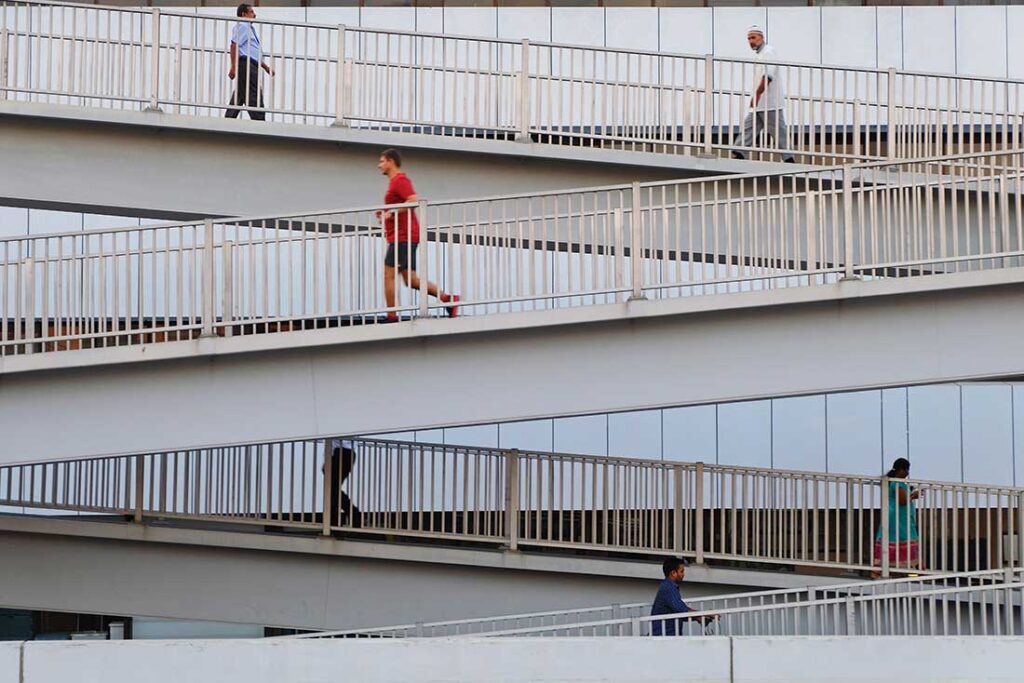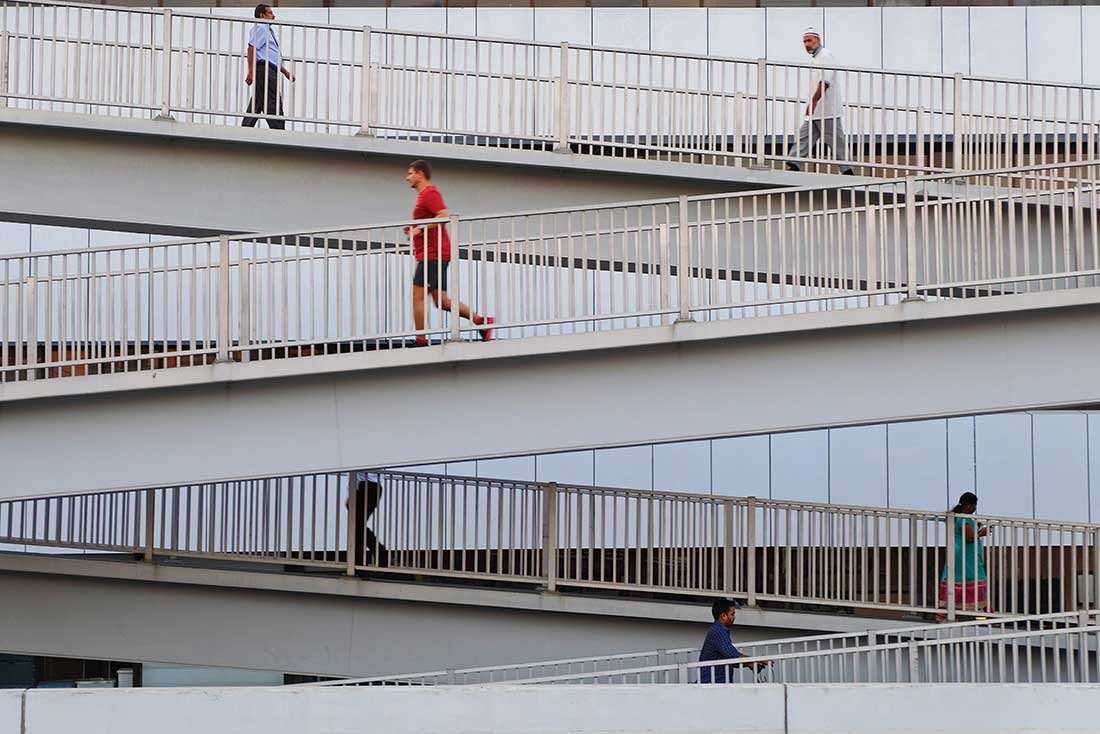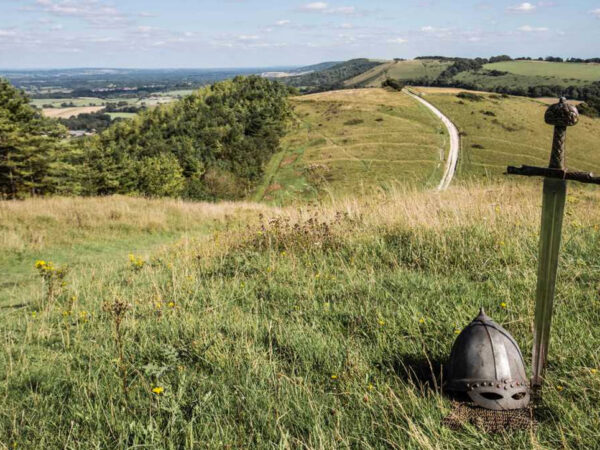Ultra marathons or simply ‘ultras’ as they are often known, are becoming more and more popular amongst runners. The marathon is no longer enough of a challenge for many and they are enticed by the possibility of running a further than a marathon. They are also inspired by the fact that most ultras are located in pretty beautiful parts of the world, so you will likely be running along trails with fantastic scenery on either side and up and down hills and mountains. But how do you train for an ultra when you live in an urban area, or a big city like London? Trying to be an urban ultra runner certainly has its challenges but is by no means impossible. You just have to have the right mindset and be prepared for the challenges it might bring.

I live in Hackney in East London, which is virtually pancake flat, so I like to think of myself as pretty well seasoned in how do deal with ultra training in the city. Not all cities and urban areas are as flat as East London of course, but they are rarely built up a mountain. So here are a few tips to get you going and persuade you that it is possible to train well for an ultra in the city:
1. Be realistic – less can be more
With living in a city comes the assumption that you are likely to be working in a regular 9-5+ job, spending most of your day sitting at a desk. I know that isn’t the case for everyone, but it’s a reasonable start point to think that you might not have that much time on your hands and you might currently spend a fair amount of your day sitting down. Training needs to fit into your life and you don’t need to run in the hills all day to train for an ultra. In fact, you can usually run an ultra off marathon mileage (or near enough). The key thing is having a focus for each session and knowing what you want to get out of it. Make sure you do your easy runs slow enough and your harder runs at the right pace. With a bit of additional mental strength (see point 3 below), this can be sufficient physical training to see you through.
2. Be creative – bridges, slopes and stairs are your friends
An ultra doesn’t have to be hilly or on trails, but they usually are. If you live somewhere flat and largely paved or tarmaced, then it’s time to get creative so that you can do yourself justice on race day. This can also help with you mental training (see point 3 below again), because there’s only so far creativity can go to alleviate the tedium of running up and down the same bridge 20 times. Options for urban ultra hill training can be:
running up and down the same bridge 20 times – tedious but it gets the job done in the allocated time
running up and down the same hill 20 times – if you’re lucky enough to have a hill nearby, you can run up and down that instead of the bridge. Or perhaps vary between the two the mix it up 😉
set the treadmill on an incline and run on that – whether it’s more or less tedious than running up and down a bridge is ip for debate, but you do get a longer incline
take a train to somewhere a bit more hilly – a more inspiring option but does take up more of that all important time, so can be tricky to fit in the middle of a busy working week. Certainly the more inspiring option though!
if all else fails, just train on the flat. It’s better than nothing
So yes, there are options for hill training in cities and urban areas if you get creative.
3. Train your brain: “90% of ultrarunning is mental, and the rest is in your head”
It’s not necessarily a disaster if you can’t find a suitable hill or don’t do regular six hour plus runs. You can get away with some lack of physical fitness if you’ve trained your brain to be ready for running for a long period of time and are ready for the conditions. It can be a bit more challenging training your brain for the realities of a mountain trail race when you live in the city. You’re probably used to being able to catch a bus home in case of disaster or torrential rain, or popping to the nearest shop if you’re running low on energy. You’re significantly less likely to be able to do either of these on a mountain trail. But simply being aware of what the conditions might be like can be good prep, as well as practicing mental strategies to get you through those hard times. Some of those elements of hard physical exertion will be similar to what you’re used to when running on the road and so can definitely be practiced without leaving the city. You can also get out and practice in similar conditions, and this doesn’t have to be running. It could just be hiking in similar conditions and terrain. A full days hiking up a mountain in the wind and rain is pretty good prep.
Got any of your own tips on how to prepare? Feel free to let me know!


